The curtains of 2020 are almost closing, and man… what ride! 2020 certainly was one of the hardest years in our lives due to the ongoing pandemic. We had to adapt in several forms, we were forced to stay at home, we struggled in a battle against an invisible enemy. But we are here, we overcome the challenges and we’re ready for one more year and the good things that it may bring. The year was quite unusual for smartphone enthusiasts, especially in the first quarters of 2020. But most OEMs managed to overcome the issues and have kept the flow of smartphones for one more year. This year we saw the expansion of the 5G era, the arrival of powerful chipsets, the increasing competition in the 5G segment, and much more. But what smartphones, currently represent the best phones of 2020?
Flagships are known for coming with cutting edge technology, advanced hardware, exciting features. Even in this hard year, smartphone makers managed to deliver amazing phones to keep our hearts beating fast. We’ve just a couple of days before the end of the year, and we couldn’t finish it without giving our impressions about devices that in our opinion were the best of this year. Through this article, we will cover the high-end segment. The list is made up of some smartphones that aren’t afraid of being costly if it comes with the technology that will impress users. We’ve seen the return of the iconic flagship series and the consolidation of newcomers.
Take in mind that Gizchina Phone Awards 2020 isn’t meant to rank smartphones. After all, our preference may not be your preference. For that reason, we opted for just selecting the best flagships of 2020, without ranking them. Without further ado, let’s dive into Gizchina Phone Awards – The Best Phones of 2020!
GIZCHINA PHONE AWARDS – BEST PHONES OF 2020
In 2020, smartphone makers had to adapt to the COVID-19 pandemic. Many public events left space for online-only events due to the restrictions imposed by the pandemic. Moreover, some companies had to postpone devices to bypass some restrictions imposed in certain countries. The disruption in the supply chain in China also caused a total mess in smartphone manufacturing. Despite the crisis, companies adapted and managed to keep their flow of flagships.
This year, we saw Realme consolidating its name as a true smartphone brand with a lot of flagship offerings. Furthermore, Apple had its plans changed but managed to unveil its iPhone 12 series a little bit later than usual. Samsung keeps doing its outstanding flagships while it keeps the foldable segment under its belt. Huawei, despite the ban, is there shining with its last Kirin-powered smartphones.
We also saw the rise of gaming smartphones in the first months of 2020 with many companies entering the segment. Moreover, 5G is quickly spreading among the multiple market segments and is almost mandatory for flagships. We’ve elaborated a list of the smartphones that deserves the “Gizchina Phone Award” in the high-end category.
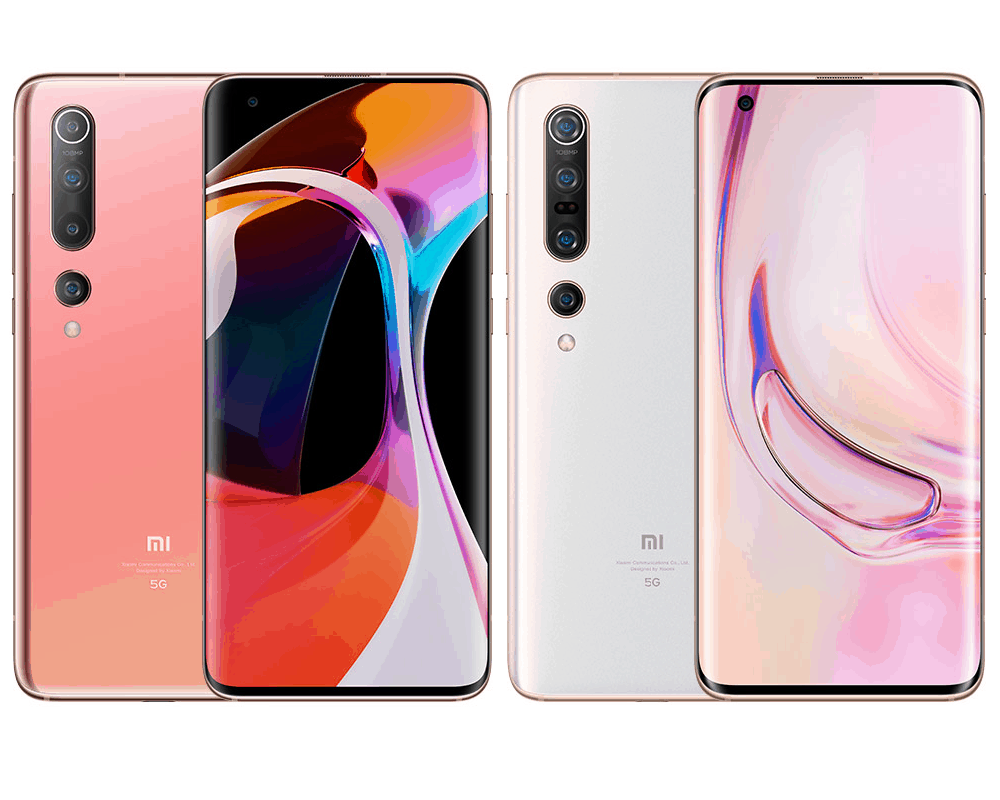
Xiaomi Mi 10 / Mi 10 Pro
The Xiaomi Mi 11 series will go official in the next few hours as the first 2021 flagships. They’re coming in the last days of 2020 just to be the first devices with the Qualcomm Snapdragon 888 and it’s impressive to see such achievement coming from Xiaomi. That’s not a big surprise, after all, the company has been a recurring partner of Qualcomm and one of the first companies to sport their flagship chipsets. This year, we saw the release of the Mi 10 and Mi 10 Pro in February as two of the first devices sporting the Snapdragon 865.
The flagship devices came with 6.67-inch curved AMOLED displays and top-left aligned punch-holes for the selfie cameras. Under the hood, the Qualcomm Snapdragon 865 gave power to both handsets complete with its 5G modem. Both devices came with impressive 108MP cameras. However, only the Pro had a telephoto lens to give the so-called “Spatial Zoom” capabilities.
Other impressive features included the 50W wired charging and the 30W wireless charging in the Pro model, Stereo Speakers, GNSS, and cutting edge Bluetooth 5.1 tech. The Mi 10 and 10 Pro were some of the first flagships of 2020 but started a year with high standards.
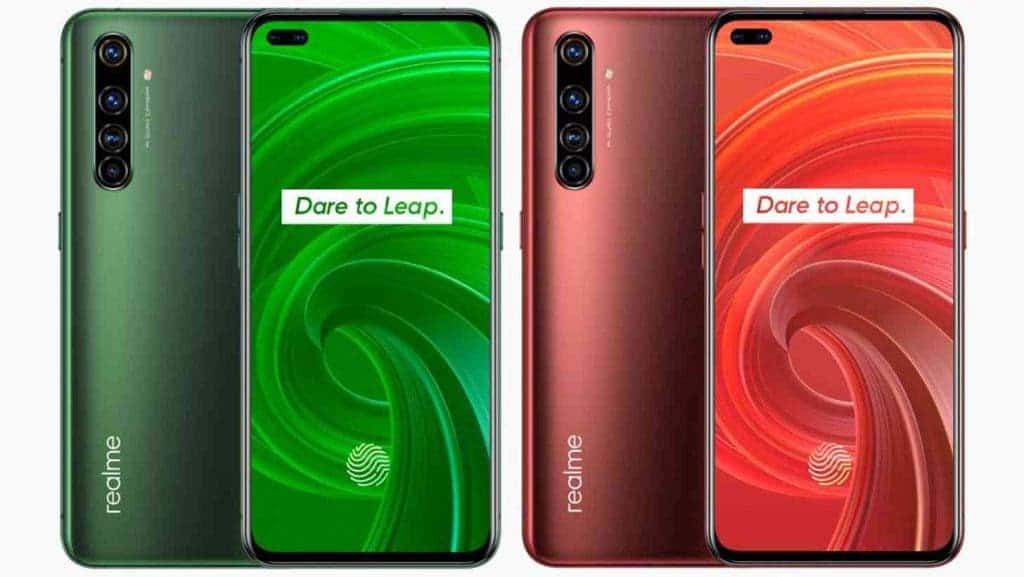
Realme X50 Pro 5G
Realme started its road in the flagship segment with the Realme X2 Pro as a cost-effective flagship. The company gave a step further in this range with the arrival of the Realme X50 Pro 5G.
The device came with a 6.44-inch AMOLED display with a 90Hz refresh rate and FHD+ resolution. It was one of the few pill-shaped flagships of 2020, featuring a powerful selfie combo for lovers of this kind of photography style. Under the hood, the excellent Qualcomm Snapdragon 865+ with up to 12GB of RAM and 256GB of Internal Storage.
In the camera department, the device scored high with a 64MP main, 12MP telephoto, 8MP ultrawide, and 2MP lens. It came with a 4,200mAh battery and was Realme’s first smartphone to come with the 65W fast-charging standard. Other features include an in-display fingerprint scanner, Stereo Speakers, Wi-Fi 6, and more.
The device was released in the beginning of the year but still sits as one of the best phones of 2020. Of course, we expect some improvements for the company’s next flagship, presumably the Realme X70 Pro, which should have upgraded specs and a 65W fast-charging.
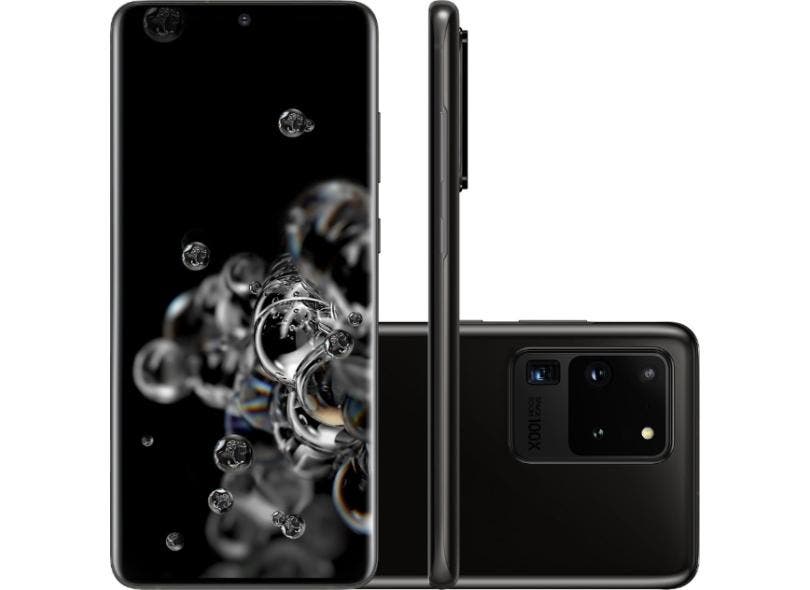
Samsung Galaxy S20 Ultra
Samsung once again has shown to the world why it is the smartphone market leader. The company once again revealed flagships packing some of the latest standards in technology. This year, rather than the usual combo of vanilla and Plus, the company unveiled the Galaxy S20 Ultra as its most impressive smartphone. Remember the Galaxy S10 5G that basically was an S10+ on steroids? Well, now this kind of device is dubbed “Ultra” in the Galaxy S and Note series.
The Galaxy S20 Ultra came with impressive specifications like a 6.9-inch Dynamic AMOLED screen with 3,200 x 1,440 pixels of resolution, 120Hz refresh rate, HDR10+, and 1,500 nits of peak brightness. The global variant was powered by the company’s in-house made Exynos 990, while the US customers were able to choose a Snapdragon 865 powered variant.
The device came with a powerful, yet controversial camera setup. It has a 108MP main camera, a 48MP periscope telephoto module, a 12MP ultrawide lens, and 0.3MP ToF 3D sensor for depth sensing. This setup is brilliant on paper, but the device really suffered from poor auto-focus. Samsung had to push several firmware updates to improve it. But the results are below the standard for a flagship of this level. Hopefully, it will be improved within the Galaxy S21 Ultra.
Despite the disappointing auto-focus, the Galaxy S20 Ultra still is a dream package of specs for hardware enthusiasts. For that reason, we think that it’s safe to put it as one of the best phones in 2020.
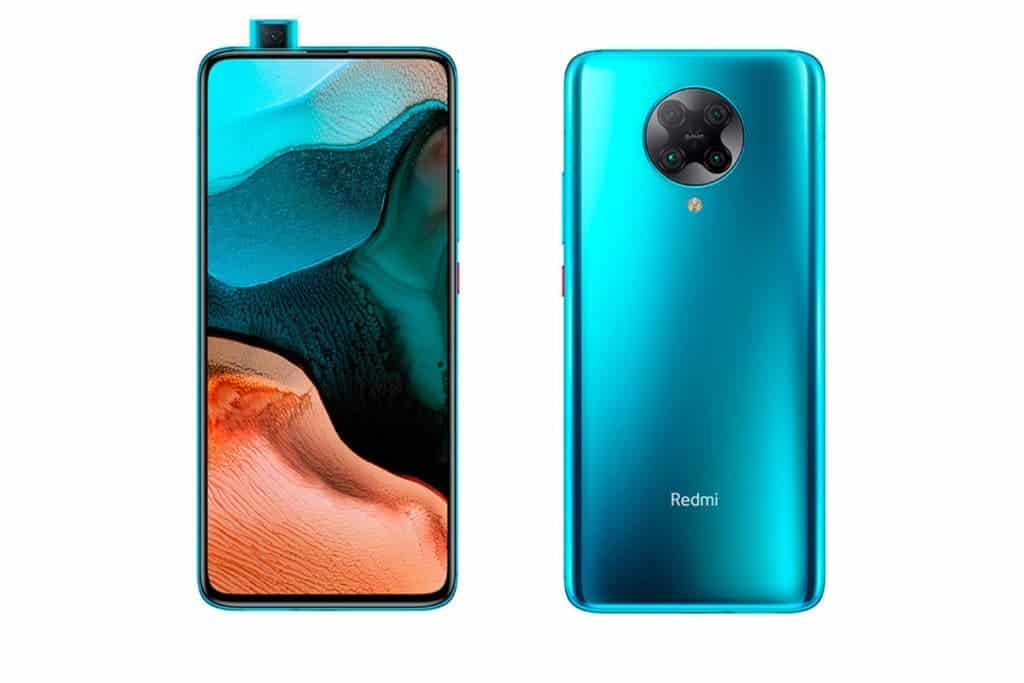
Redmi K30 Pro / POCO F2 Pro
Redmi’s K30 Pro is a curious case. The device came to impress as a successor for the K20 Pro but failed to do so. It also came to be the long-waited POCO F2 in Global customers but lost the appeal of the original F1. In the end, it’s a solid flagship that also doubles as a lost opportunity.
The Redmi K30 Pro / POCO F2 Pro came with a 6.67-inch Super AMOLED display with HDR10+ and FHD+ resolution. The big issue here for some users is the 60Hz refresh rate. Despite this, it’s one of the few 2020 flagships with a pop-up camera mechanism. Which allows its display to be a bezel-less one
Under the hood, we have the very same Qualcomm Snapdragon 865 that is present in other 2020 flagships. The device has up to 8GB of RAM and 256GB of Internal Storage.
In the camera department, it came with a primary 64MP unit, a 5MP telephoto macro unit, a 13MP ultrawide lens, and a 2MP depth sensor. The device has a 4,700mAh battery with 30W fast-charging.
It currently has a 457 Euros price tag. This is something that disappoints users that were waiting for a true Pocophone F2 with the same value for money. Despite the controversies, we have to say that the phone still is one of the best phones in 2020. If you don’t mind the 60Hz refresh rate, you can get an excellent phone with SD865 for a decent price.
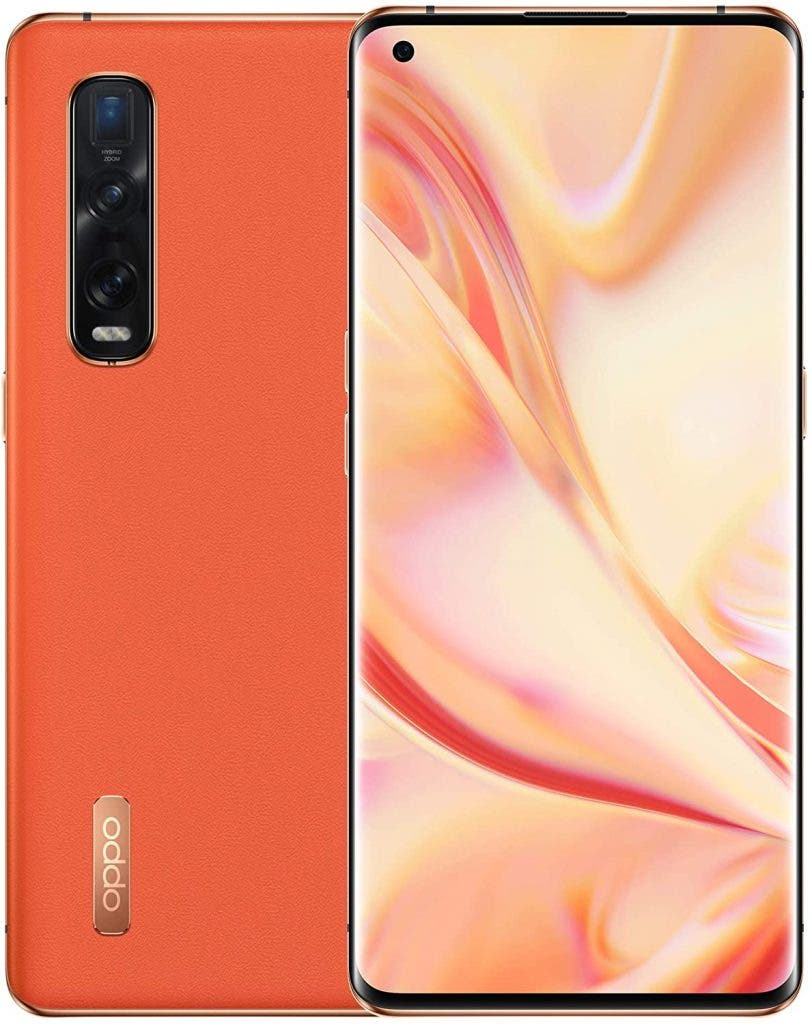
Oppo Find X2 Pro
2020 also was marked by the return of the Oppo Find series. In 2018, Oppo brought this lineup back with the Oppo Find X a gorgeous premium smartphone with a unique design marked by its motorized sliding cameras. After an entire 2019 of hiatus, the company unveiled the Oppo Find X2 and Oppo Find X2 Pro. Both devices are impressive, but the Oppo Find X2 Pro is the true flagship and sequel for the first Oppo Find X.
First of all, gone are the “concept-phone” aspects of the original Find X. The Find X2 brings a “standard” flagship formula with traditional design, but specs that really impress. The device packs a gorgeous 6.7-inch AMOLED display with 1440 x 3168 pixels of resolution and a 120Hz refresh rate. Under the hood, the very same Qualcomm Snapdragon 865 as other devices in this list paired with up to 12GB of RAM and up to a whopping 512GB of Internal Storage. The camera department brings a Triple Array with a 48MP wide, 13MP periscope telephoto lens, and a 48MP ultrawide sensor. The device has a 4,260mAh battery complete with 65W fast-charging.
In case you’re wondering, the device got the special Lamborghini Edition as well.

Huawei P40 Pro Plus
One time that Samsung introduced a new “Ultra” variant of its flagship, Huawei also felt the need for a third special variant for its P-series. Apart from the Huawei P40 and P40 Pro, the company also introduced the Huawei P40 Pro Plus as the definitive edition for flagship enthusiasts.
The device arrived with a 6.58-inch OLED display with 1200 x 2640 pixels resolution and a 90Hz refresh rate. Under the hood, the Kirin 990 5G version paired with up to 8GB of RAM and 512GB of Internal Storage. The camera department came with a 50MP omnidirectional PDAF camera, 8MP periscope telephoto lens, 8MP telephoto, 40MP ultrawide, and a 3D ToF sensor. As usual for Huawei flagships, this camera setup is powered by Leica.
The device with a 4,200mAh battery with 40W fast wired charging and 40W wireless charging. The major drawback for Global customers is the lack of Google App Services which are pretty much part of our lives here. In China, the device sold quite well.

Honor 30 Pro Plus
The Honor 30 Pro Plus was Huawei’s sub-brand flagship of 2020. Honor isn’t part of Huawei’s business anymore, but while it was, the Chinese behemoth ensured most of its cutting-edge technologies for the Honor flagship.
The device came with a 6.57-inch 90Hz OLED display with FHD+ resolution. Under the hood, it came with a Kirin 990 SoC paired with up to 12GB of RAM and 256GB of Internal Storage. In the camera department, we have a 50MP primary, 8MP periscope telephoto lens, 16MP ultrawide, and 2MP depth sensor.
The Honor 30 Pro Plus came with a 4,000mAh battery with 40W fast-charging and 27W fast wireless charging.
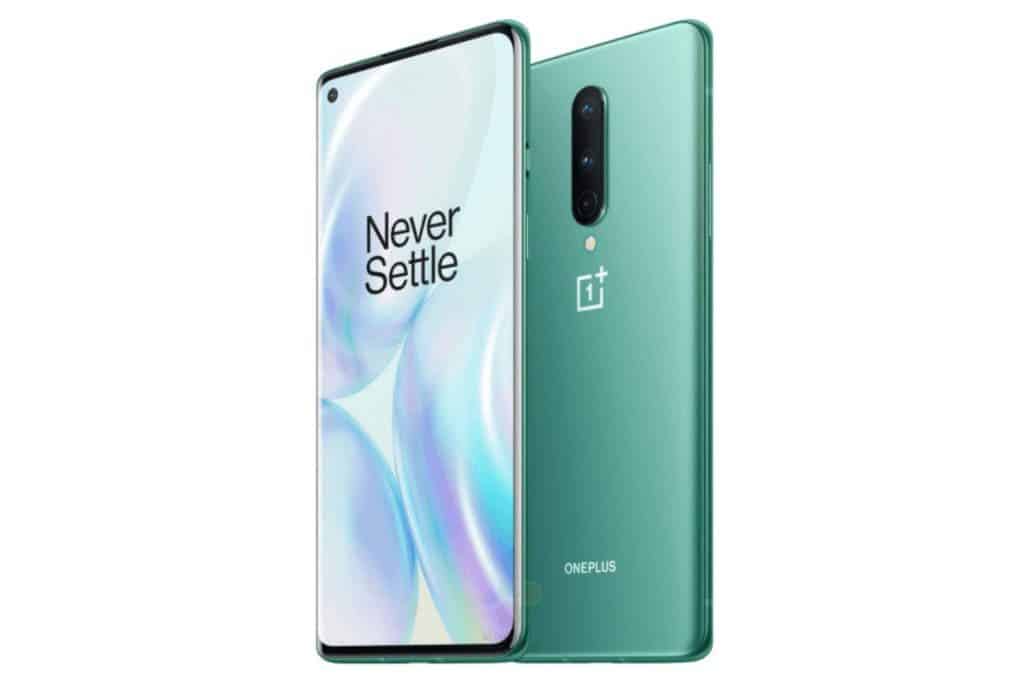
OnePlus 8 Pro
2020 was an important year for OnePlus. After all, the company left the niche of premium smartphone maker to become a brand that fills the whole market with smartphones. Apart from the newly launched mid-range phones under the Nord series, OnePlus’ 2020 started with the release of the OnePlus 8 and 8 Pro. Without any doubt, the OnePlus 8 Pro was beyond its vanilla brother in every single aspect.
Just like other companies in 2020, OnePlus left the pop-up selfie camera in favor of a top-left aligned punch-hole setup. Like it or not, the pop-up camera mechanism seems to be gone. The flagship with a 6.78-inch Fluid AMOLED display with 1440 x 3168 pixels and a 120Hz refresh rate. Under the hood, the phone packs the Qualcomm Snapdragon 865 with up to 12GB of RAM and 256GB of Internal Storage.
The device came with a 48MP main camera with omnidirectional PDAF technology. It has another 48MP ultrawide lens, 8MP telephoto, and 5MP color filter camera. The OnePlus 8 Pro draws power from a 4,510mAh battery with 30W fast-charging technology. OnePlus left the true fast-charging tech for the flagship that came after it.
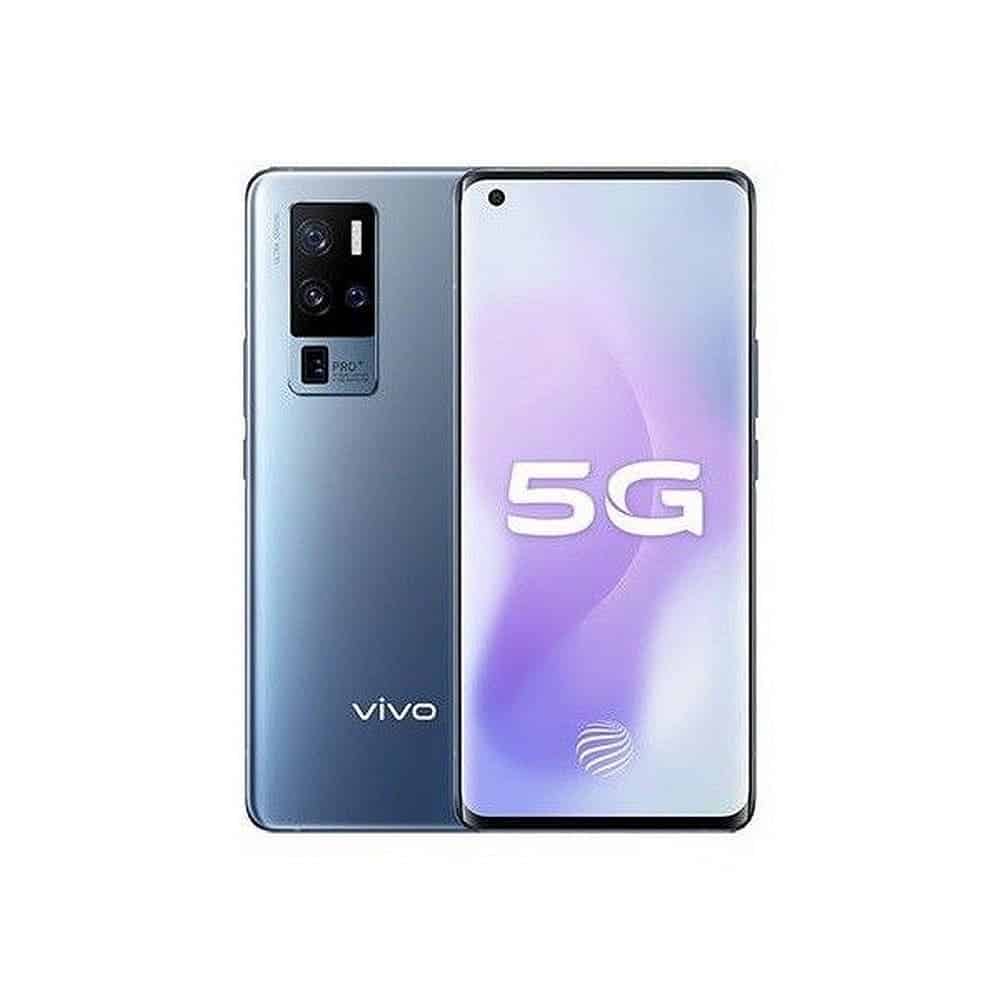
Vivo X50 Pro / Plus
Apparently, Vivo was paying attention to new trends in 2020. That explains why the company decided to bring a “Pro Plus” flagship this year along with its Vivo X50 Pro. The fact is that the X50 Pro brings an impressive gimbal-like camera stabilization system, but under the hood, it has only a Qualcomm Snapdragon 765G. The Pro Plus comes for those in the need of a flagship, it downgrades the camera a little bit but puts the Snapdragon 865 SoC in the table.
The Vivo X50 Pro Plus has a beautiful 6.56-inch AMOLED display with a 120Hz refresh rate, HDR+ 10, and FHD+ resolution. Under the hood, we have the 2020 flagship Qualcomm Snapdragon 865 with up to 12GB of RAM and 256GB of Internal Storage. In the rear, we have a 50MP primary camera, 13MP periscope telephoto sensor, 32MP telephoto shooter, and 13MP ultrawide lens.
The flagship has a 4,350mAh battery with 44W of fast-charging. Other features include Bluetooth 5.1, GNSS, and dual-SIM capabilities.

Realme X3 SuperZoom
The Realme X3 SuperZoom may split opinions here. The reason? Well, it was released in June 2020 with the Qualcomm Snapdragon 855+ SoC. The last year’s flagship SoC strategy was adopted by Realme to make the device less costly than other 2020 flagships. The chipset may not be on par with the Snapdragon 865 but still blows away most of the 2020 chipsets.
The Realme X3 SuperZoom packs an IPS LCD with a 6.6-inch, 120Hz refresh rate, and 2,400 x 1080 pixels. I know some prefer AMOLED over LCD, but nothing can beat the value for money offered by devices with IPS screens. Moreover, it’s easier and less costly to repair.
Under the hood, the phone has a Qualcomm Snapdragon 855+ with up to 12GB of RAM and 256GB of Internal Storage. The phone gets its “SuperZoom” title from a 64MP wide sensor paired with 8MP periscope telephoto, 8MP ultrawide, and 2MP macro cameras.
The Realme X3 SuperZoom has a 4,200mAh battery with 30W fast-charging.
The icing on the cake certainly is the price of around $395. Certainly cheaper than other 2020 flagships. If you don’t mind the Qualcomm Snapdragon 855+, then the Realme X3 SuperZoom safely sits among the best phones of 2020.

Asus ZenFone 7 Pro
Asus decided to keep loyal to its roots with the ZeFone 7 Pro while improving other aspects of the device. First and more importantly, the company decided to keep its flipping camera mechanism that allows the ZenFone 7 series to have the most powerful cameras for selfies.
Users will also be able to enjoy a gorgeous 6.67-inch AMOLED display with a 90Hz refresh rate. That’s a great improvement over the ZenFone 6 LCD screen. The device has FHD+ resolution and Corning Gorilla Glass 6.
Under the hood, the flagship got the Qualcomm Snapdragon 865+ paired with 256GB of storage and 8GB of RAM. It has a Triple-Flipping-Camera setup that comprises a 64MP main, 8MP telephoto, and 12MP ultrawide sensors.
It’s one of the best flagships for battery backup since it’s equipped with a 5,000mAh unit with 30W fast-charging.
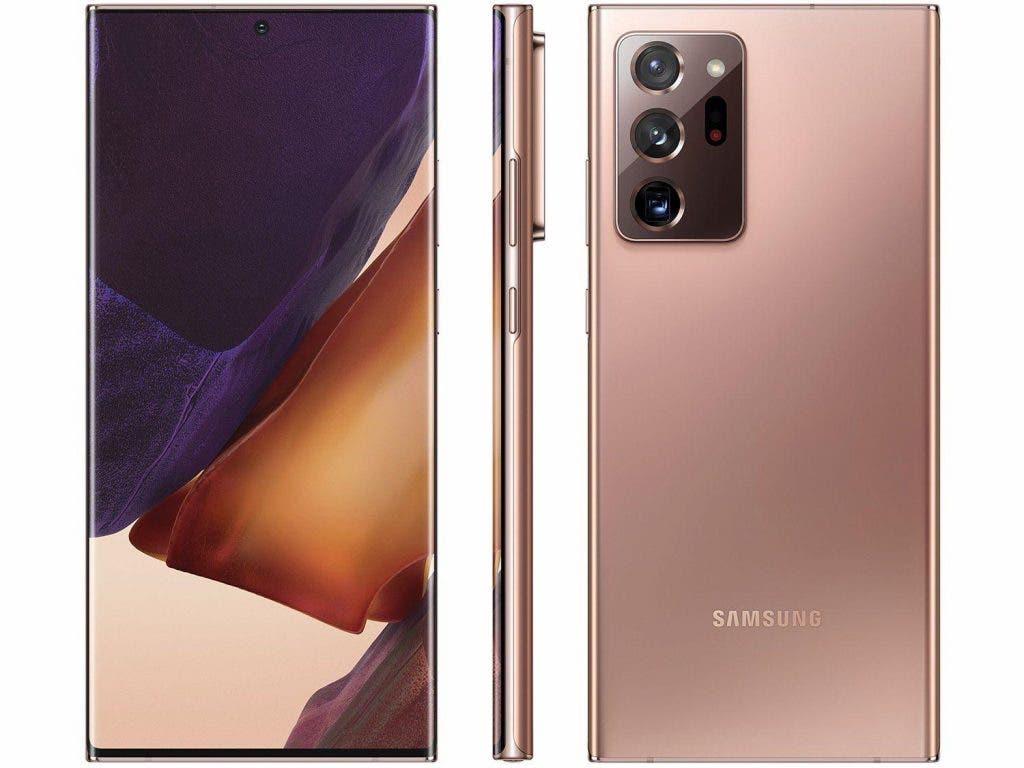
Galaxy Note20 Ultra 5G
I don’t know whether the Galaxy Note 20 Ultra is an impressive phone or the vanilla Note 20 is capped to make it more impressive than it is. The fact is that the new flagship honors the Note series family while the vanilla disappoints.
The Note name is honored with a 6.9-inch Dynamic AMOLED display with 2K resolution, 120Hz refresh rate, and Corning Gorilla Glass Victus. Under the hood, we have the Exynos 990 for the global units and the Snapdragon 865+ for the USA.
The camera department has a primary 108MP camera, a 12MP periscope telephoto shooter, and a 12MP ultrawide sensor. Rather than four cameras, the Note20 Ultra brings three capable sensors that manage to overcome the shadow of the S20 Ultra.
The device has a 4,500mAh battery with 25W fast-charging. If you compare it with other flagships from Chinese firms, Samsung seems to be sleeping in the segment of fast-charging tech.
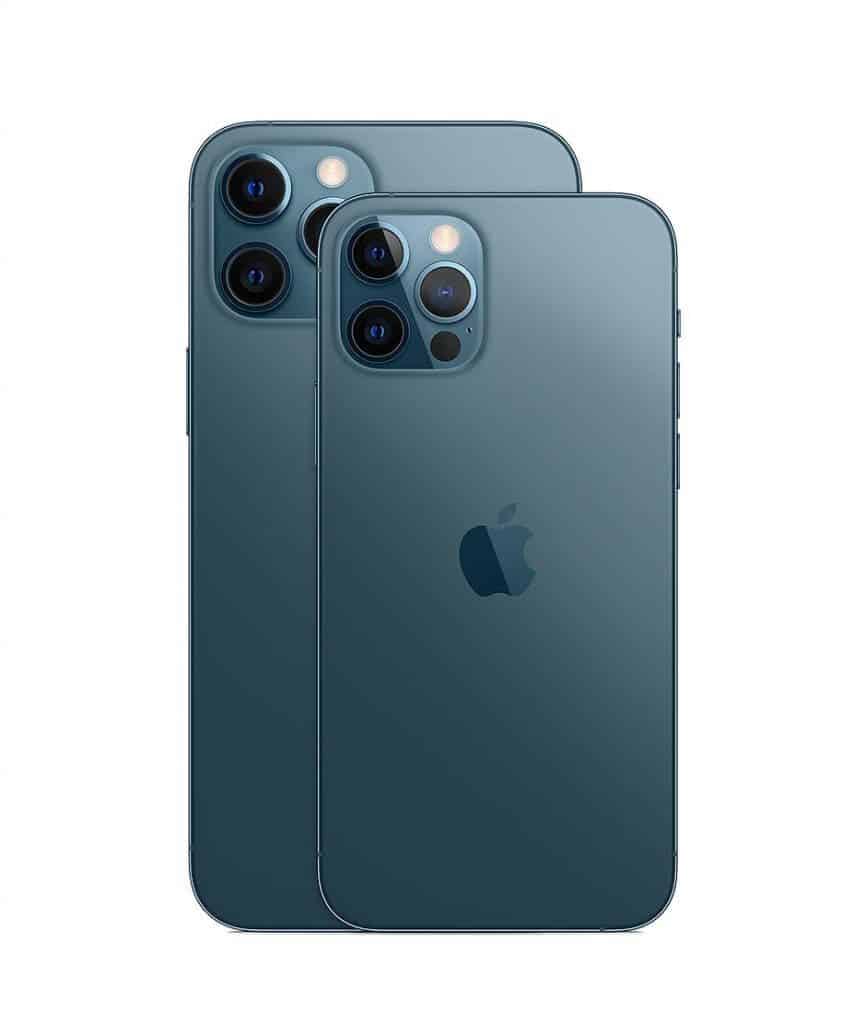
iPhone 12 Pro Max
Apple was one of the companies to suffer a greater impact from the COVID-19 pandemic. The company suffered from the disruption of its supply chain which postponed the iPhone 12 series one month forward. Rather than bringing its flagships in September (Q3) the company had to go for an October release, pushing its sales to the last quarter of 2020.
This year, the company unveiled four new iPhones – The iPhone 12, 12 Pro, 12 Pro Max, and 12 Mini. The most notable here is the Mini, which comes for all users that were missing the days of iPhone 5s, and the 12 Pro Max.
The iPhone 12 Pro Max brings a 6.7-inch Super Retina OLED display with HDR10 and 800 nits of brightness. Unfortunately, Apple still thinks that 60Hz is enough for smartphones. The device has a 2,778 x 1,284 resolution and scratch-resistant ceramic glass. The panel is powered by Dolby Vision.
Under the hood, the phone brings the Apple A14 Bionic chip. It was the first 5nm chipset to reach the market and dictates a new level of power-efficiency and performance. This standard will be present in the big part of 2021 flagship chipsets.
The 12 Pro Max has up to 6GB of RAM and 512GB of Internal Storage. It brings a Quad-Camera setup combining a 12MP wide, 12MP telephoto, 12MP ultrawide, and a ToF 3D LiDAR scanner that doubles as a depth sensor.
The device has a 3,687mAh battery with 20W fast-charging. On top of everything the device brings iOS 14 and has stereo speakers as well. Unfortunately, Apple does not seem to be wanting to make a comeback to biometric sensors as it lacks an in-display fingerprint scanner. Despite some shortcomings, the device deserves its place among the best phones of 2020.
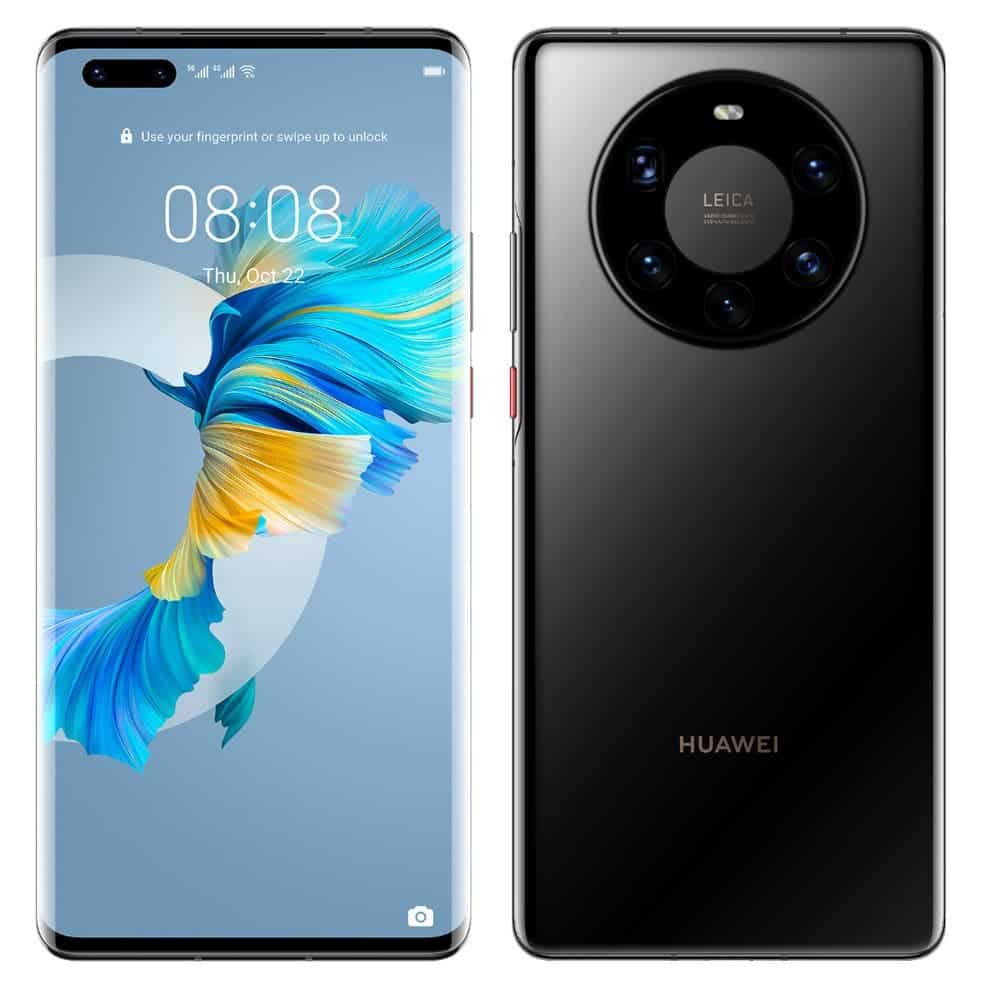
Huawei Mate 40 Pro Plus
On November 1, Huawei unveiled its late 2020 flagships, or true flagships of 2020 if you prefer. After all, those devices are the only ones coming with the Kirin 9000 5G chipsets, something that the H1 flagships in the P40 family lack. The device certainly is one of the best phones in 2020.
The Huawei Mate 40 Pro Plus is the star of the Mate 40 series with a 6.76-inch OLED display with HDR10 and a 90Hz refresh rate. As aforementioned, the phone brings the Kirin 9000 SoC. It’s the second 5nm chipset to make its debut in 2020. Unfortunately, the Mate 40 Pro Plus probably will be the last phone to come with it. After all, TSMC was forced to cease its business with Huawei which basically condemned the Huawei HiSilicon division to limbo.
The device has up to 12GB of RAM and 256GB of Internal Storage that can be expanded if you, by any chance, have a Nano Memory card.
I really loved Huawei’s camera design for the Mate 40 series. Honestly, more companies should try new things rather than just copying the square-ish trend. There is a big circle in the middle with “Leica” branding surrounded by a circular cutout comprising the Penta-Camera setup.
The Mate 40 Pro Plus has a 50MP wide, 12MP telephoto, 8MP periscope telephoto, 20MP ultrawide, and a ToF 3D sensor.
The device has a 4,400mAh battery and Huawei shows that it’s not here to play games with a 66W Fast-charging tech and 50W wireless charging tech. The device came with Android 10 and EMUI 11 running on top. Unfortunately, no Google Play apps for it.
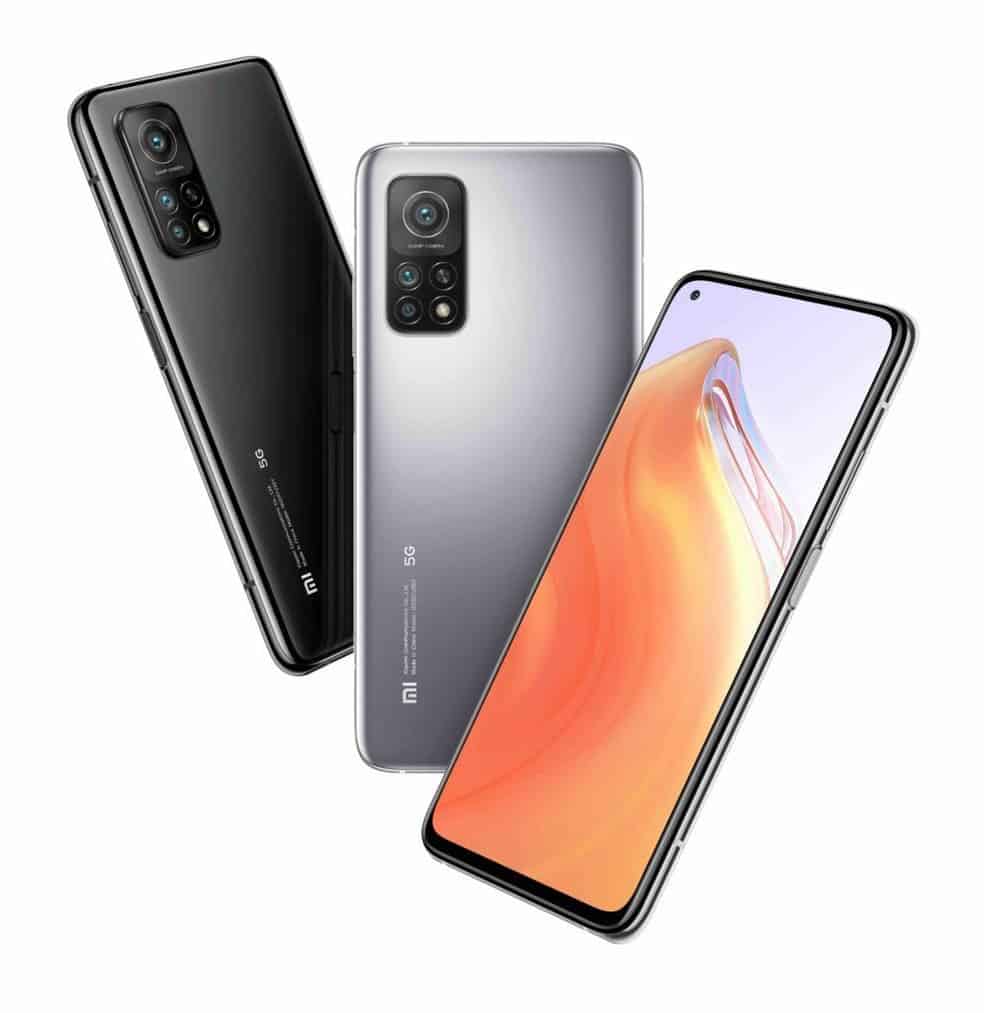
Xiaomi Mi 10T Pro
The Xiaomi Mi 10T Pro was released in late September as a cost-effective flagship with amazing specifications. It came with an LCD that helps to bring down the price. It’s a 6.67-inch panel with a whopping 144Hz refresh rate. It also has HDR10+ support and FHD+ resolution.
Under the hood, the device came with the Qualcomm Snapdragon 865 with up to 8GB of RAM and 256GB of Internal Storage. The camera department has a 108MP camera, 13MP ultrawide, and 5MP macro shooter. The device has stereo speakers and the lights are kept with a massive 5,000mAh battery with 33W fast-charging. The device may not be what you expect from a super premium flagship. But it’s cheaper than the big majority and offers a lot for the asked price. For that reason, it deserves a place among our best phones of 2020.

OnePlus 8T
This year, the OnePlus set the OnePlus 8T to sail in the flagship waters without its Pro sibling. We don’t know exactly why OnePlus killed the Pro, maybe it has to do with the end of the McLaren partnership? We’ll never know.
The OnePlus 8T sits as a “mid-brother” for the OnePlus 8 family bringing similar specifications and some important improvements that will determine the future of the series.
The flagship has a Fluid AMOLED display with a 6.55-inch diagonal, 120Hz refresh rate, HDR10+, and Always On Display mode. Under the hood, the Qualcomm Snapdragon 865 complete with up to 12GB of RAM and 256GB of Storage.
The camera department gets a 48MP primary camera, a 16MP ultrawide, 5MP macro, and 2MP depth sensors.
The device draws power from a 4,500mAh battery with 65W fast-charging. The fast-charging tech is perhaps one of the most notable aspects of the OnePlus 8T. It will be a standard for the next year’s OnePlus 9 series. Unfortunately, the device lacks wireless charging tech as OnePlus left it for the next year.
The OnePlus 8T certainly is one of the best phones of 2020, and hopefully, it will open a road for the next successful flagships.
YOUR BEST PHONES OF 2020
The devices above represent Gizchina’s list for the Best Phones of 2020 if you’re looking for a solid flagship and money isn’t a problem. Of course, we don’t represent everyone. For that reason, we want to ask you in the end of this article, what are the best phones of 2020 in your opinion?

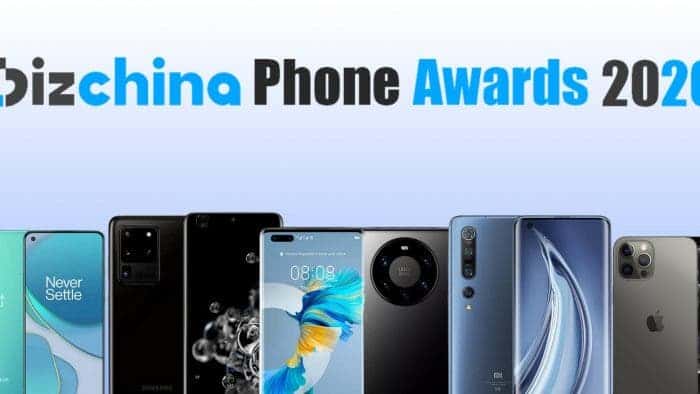




Where is the mi 10 ultra ????!!!!